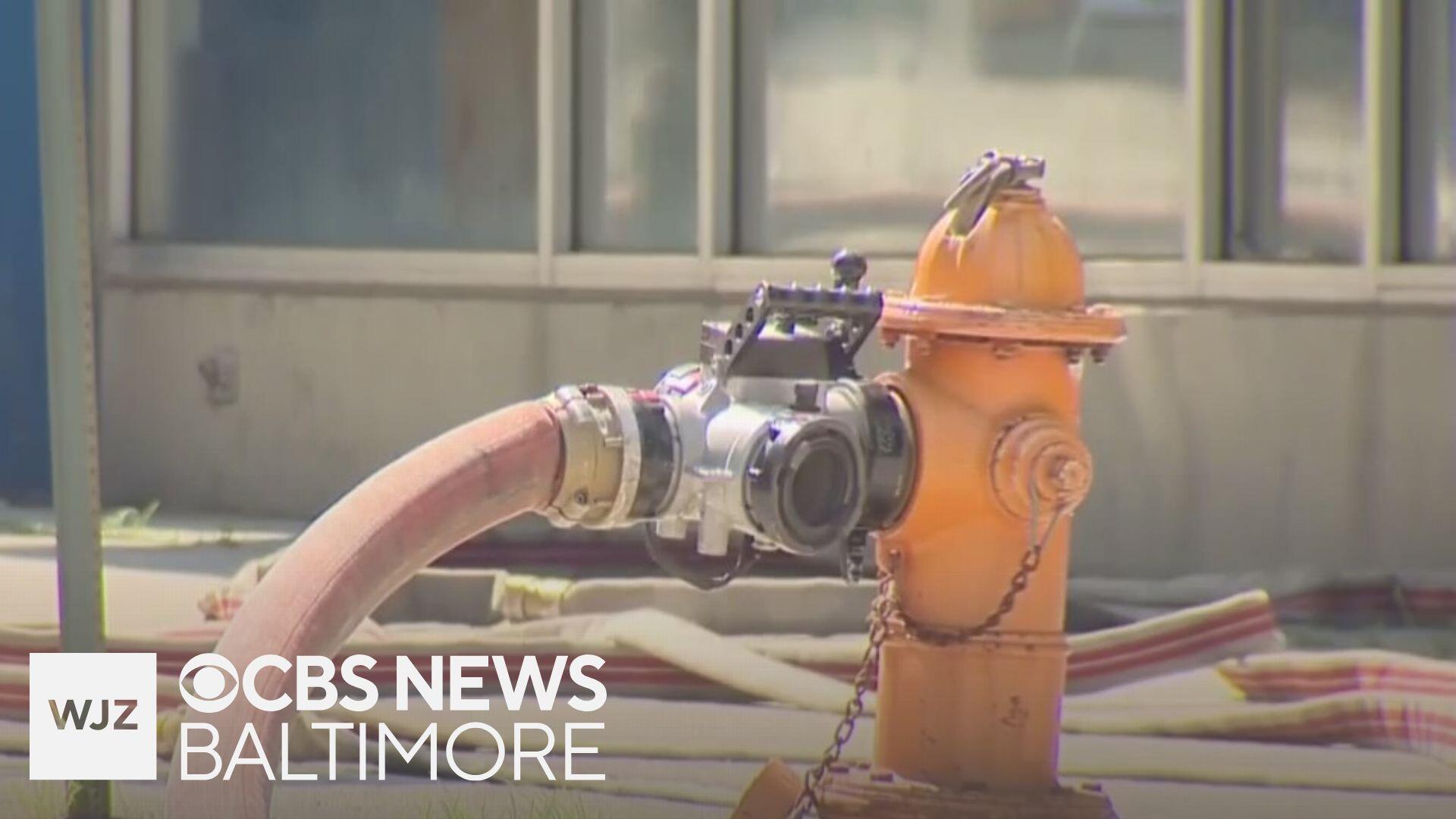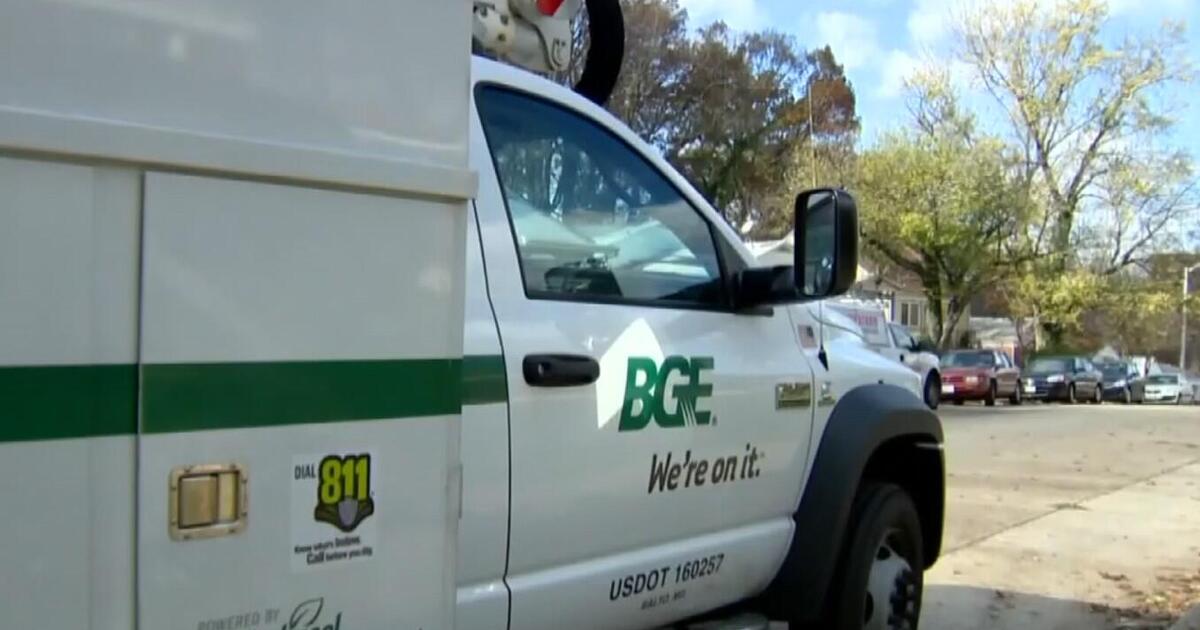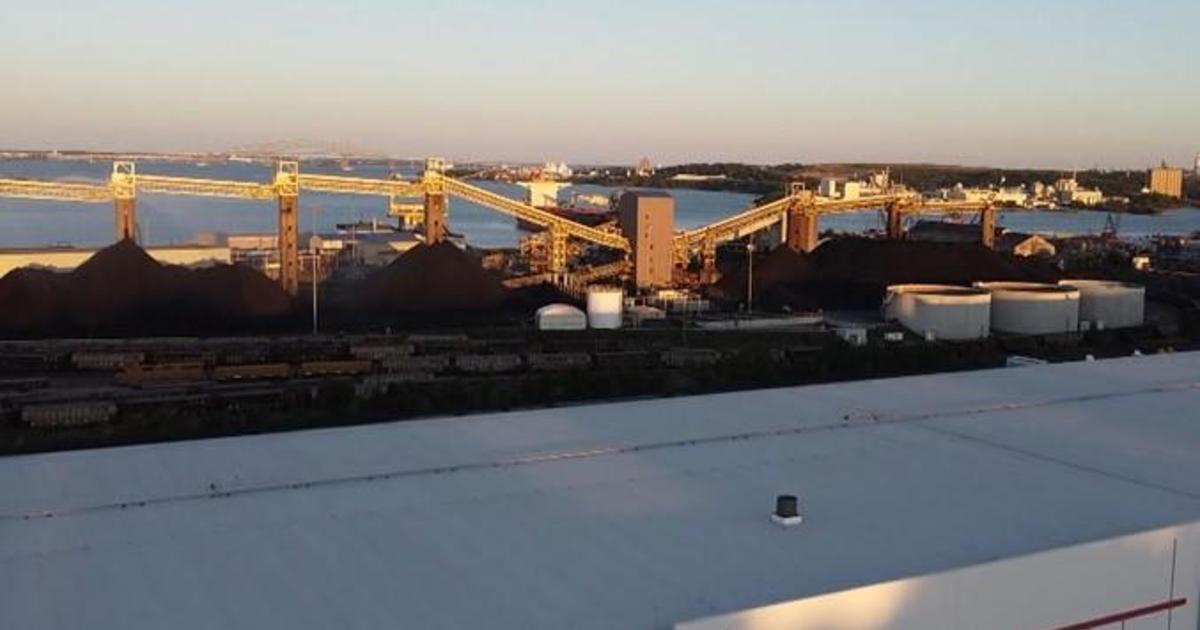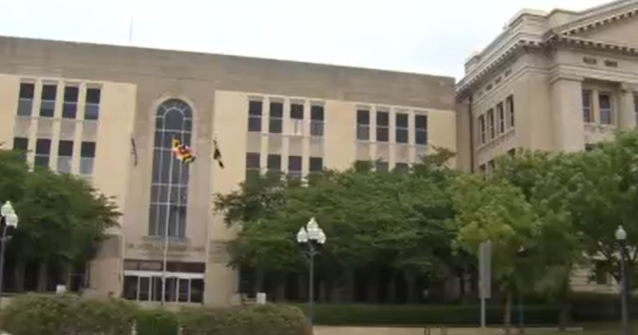Baltimore hires engineering firm to report on cause of the city's underground fires
Baltimore leaders met with several agencies to discuss what's driving the city's recent underground fires and how they can ensure public safety.
The city hired engineering firm RTI to investigate the cause of the fires and offer recommendations.
On June 28, a fire sparked underground at the intersection of Baltimore Street and Guilford Avenue. Baltimore Gas and Electric (BGE) reported that there was extensive steam damage to underground systems.
"We know that we have aging infrastructure," Baltimore City Council President Zeke Cohen said. "We also know that we have an obligation to make sure the conduit, the pipes, the underground, does not explode."
"I'm not going to say it's never going to happen again, but we are reducing the percentage that an incident like this one will happen," added Khalil Zaied, the deputy mayor of operations.
Finding out the cause of underground fires
On Tuesday, Baltimore's Public Safety Committee gathered several agencies, including the Baltimore City Fire Department, Department of Public Works, Department of Transportation, Office of Emergency Management, Baltimore Gas and Electric, Comcast, Verizon, and Vicinity Energy.
The main topic was addressing the city's infrastructure and figuring out what causes these underground fires.
"We have a growing infrastructure issue in the city of Baltimore," said Baltimore councilmember Phylicia Porter. "So, this is just step one of how we can address that growing infrastructure issue."
Baltimore City Fire Chief James Wallace shared what his firefighters have seen with these fires.
"What was actively burning, where the flames were being emitted, is at the very least the wiring cable," Wallace said.
BGE monitors underground infrastructure improvements
DOT officials confirmed that if there's a need to upgrade the system, they will work with BGE on those improvements, as the city has a 2023 settlement agreement with the company. That agreement said BGE will invest over $120 million over four years into the conduit system.
As conduit tenants, BGE has a new system monitoring its equipment underground.
"When we replace that equipment that was damaged due to the fire, we install monitoring equipment on that that'll eventually go back to our control center," said Tom Rafferty, the director of BGE's Regional Electric Operations. "So, we can see if we get a temperature spike in that transformer.
Rafferty said that although officials haven't determined the cause of the fire, he shares a possibility.
"So you look at the aging infrastructure of the terracotta and the Orangeburg facilities, and you look at that with the combination of the heat, sometimes that conduit can collapse, cause damage to the insulation," Rafferty said. "That steam, that heat, that moisture, can add moisture into the cables and then cause that fire."
History of underground fires
There have been three underground fires in the downtown area in the last 18 months. The previous two happened along a stretch of North Charles Street, which caused significant damage to some businesses there.
There was also an underground fire at the Baltimore Street and Guilford Avenue intersection two years ago.





